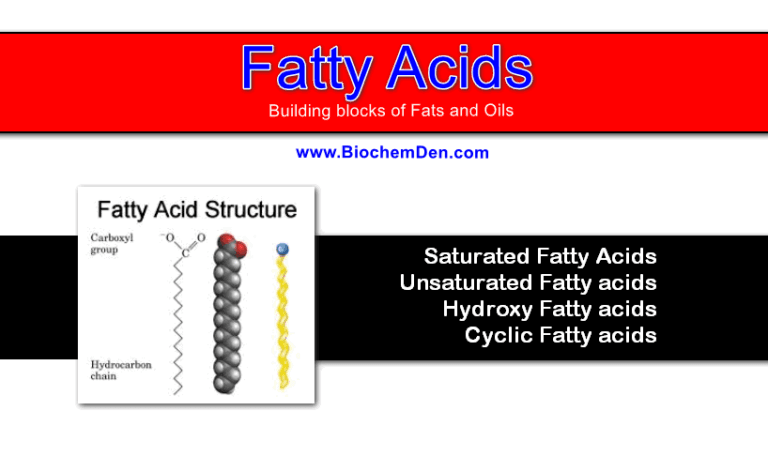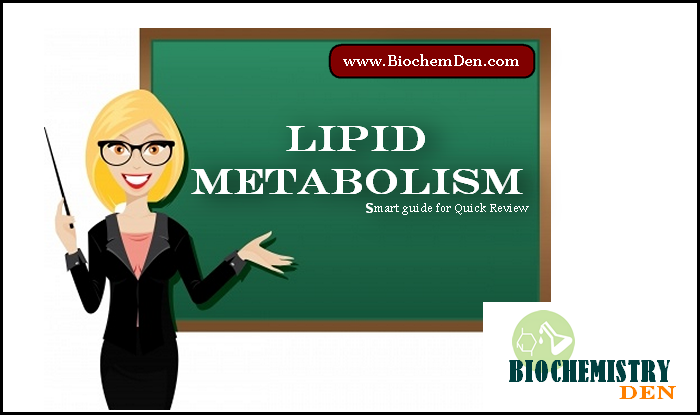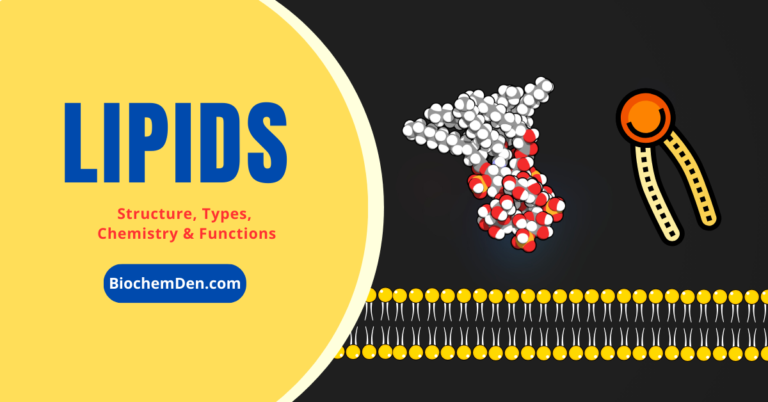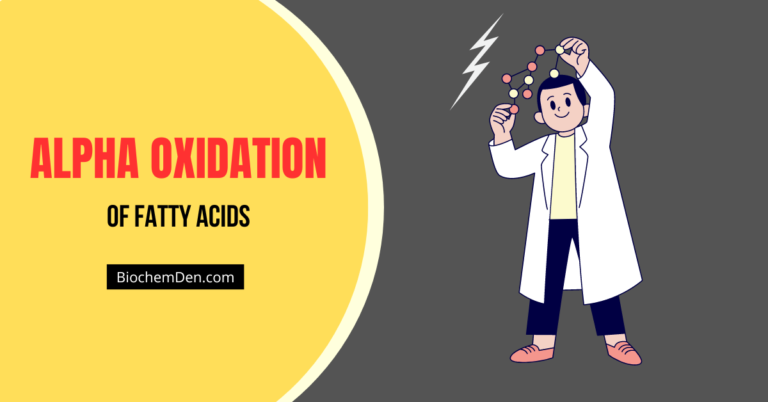The most abundant phospholipids are made from glycerol. Phospholipids are important components of membranes and help transport triacylglycerols and cholesterol in the body. Typically, they have saturated fatty acids at carbon #1 (more than 90%) and unsaturated fatty acids at carbon #2 (more than 90%).
There are a few differences in the lipids (and metabolic routes to making them) of eukaryotes and prokaryotes. We will not be concerned about distinguishing the routes of their synthesis. For our purposes, the routes are the same.
Additional lipids contained eukaryotes beyond those for prokaryotes include phosphatidyl choline and phosphatidylinositol.
There are three routes to forming phosphatidic acid we will be concerned about:
Biosynthesis of Glycerophospholipids
1. From DHAP:

2. From Glycerol-3-phosphate:

3. By phosphorylation of diacylglycerol (fat breakdown product):
Pathways of Glycerophospholipids
Your book shows several important metabolic pathways of Glycerophospholipids:
1. A general pathway outlining Glycerophospholipids biosynthesis :
 2. Synthesis of CDP-diacylglyerol from glycerol-3-phosphate and CTP: (CDP-diacylglycerol is a branch point in biosynthesis some of the glycerolipids)
2. Synthesis of CDP-diacylglyerol from glycerol-3-phosphate and CTP: (CDP-diacylglycerol is a branch point in biosynthesis some of the glycerolipids)
 3. Synthesis of phosphatidyl serine, phosphatidyl ethanolamine, phosphatidyl glycerol, and cardiolipin:
3. Synthesis of phosphatidyl serine, phosphatidyl ethanolamine, phosphatidyl glycerol, and cardiolipin:
 4. A pathway for synthesis of phosphatidyl choline:
4. A pathway for synthesis of phosphatidyl choline:
 5. Interconversion of Phosphatidylserine, phosphatidyl ethanolamine, and phosphatidyl choline:
5. Interconversion of Phosphatidylserine, phosphatidyl ethanolamine, and phosphatidyl choline:

Methylation of phosphatidyl ethanolamine is accomplished with an activated derivative of methionine called S-adenosylmethionine. After the methyl group is donated, S-adenosylhomocysteine (AdoHcy) is generated. AdoMet and AdoHcy are shown in the top. Formation of AdoMet is depicted in the bottom.

Glycerophospholipids are not metabolically inert compounds, though it is not fully understood how and when substitutions and modifications of them occur. Infants with respiratory distress have a defect in the metabolism of lung surfactant, a phospholipid in lung tissue.
Above it was pointed out that Glycerophospholipids have saturated fatty acids at the #1 position 90% of the time, and unsaturated fatty acids at the #2 position 90% of the time. Lung surfactant is unusual in having a saturated fatty acid (palmitate) at positions 1 and 2.
It is not known how this end result is achieved, but one way it might be made is through the action of one or more phospholipases. Phospholipases hydrolyze specific bonds on phospholipids. Sites of action of phospholipases A1, A2, C, and D.



 3. Synthesis of phosphatidyl serine, phosphatidyl ethanolamine, phosphatidyl glycerol, and cardiolipin:
3. Synthesis of phosphatidyl serine, phosphatidyl ethanolamine, phosphatidyl glycerol, and cardiolipin: 4. A pathway for synthesis of phosphatidyl choline:
4. A pathway for synthesis of phosphatidyl choline: 5. Interconversion of Phosphatidylserine, phosphatidyl ethanolamine, and phosphatidyl choline:
5. Interconversion of Phosphatidylserine, phosphatidyl ethanolamine, and phosphatidyl choline:



